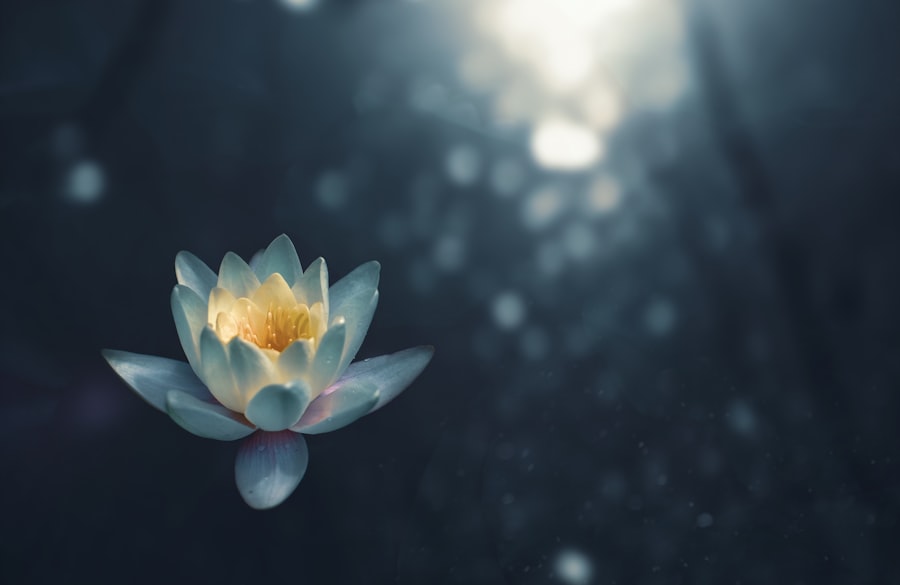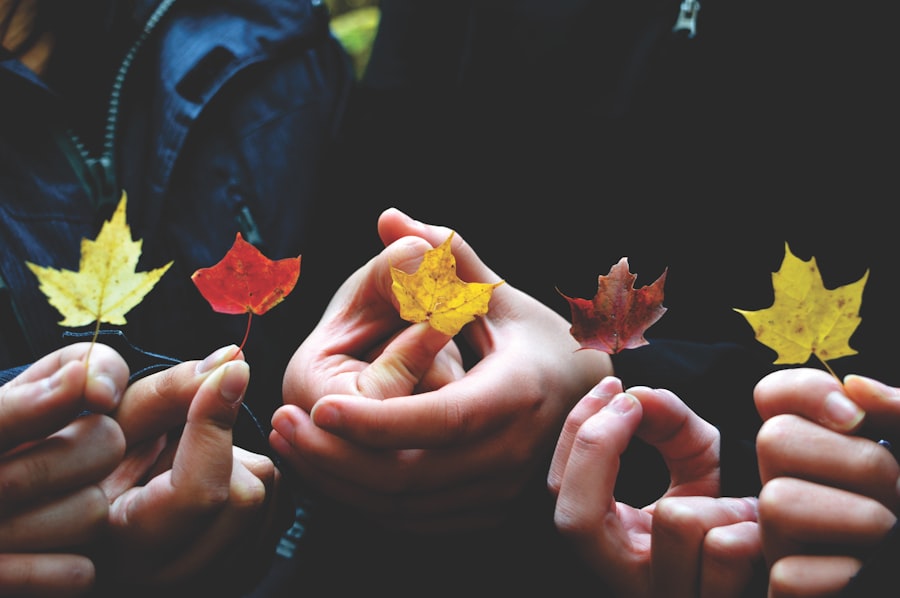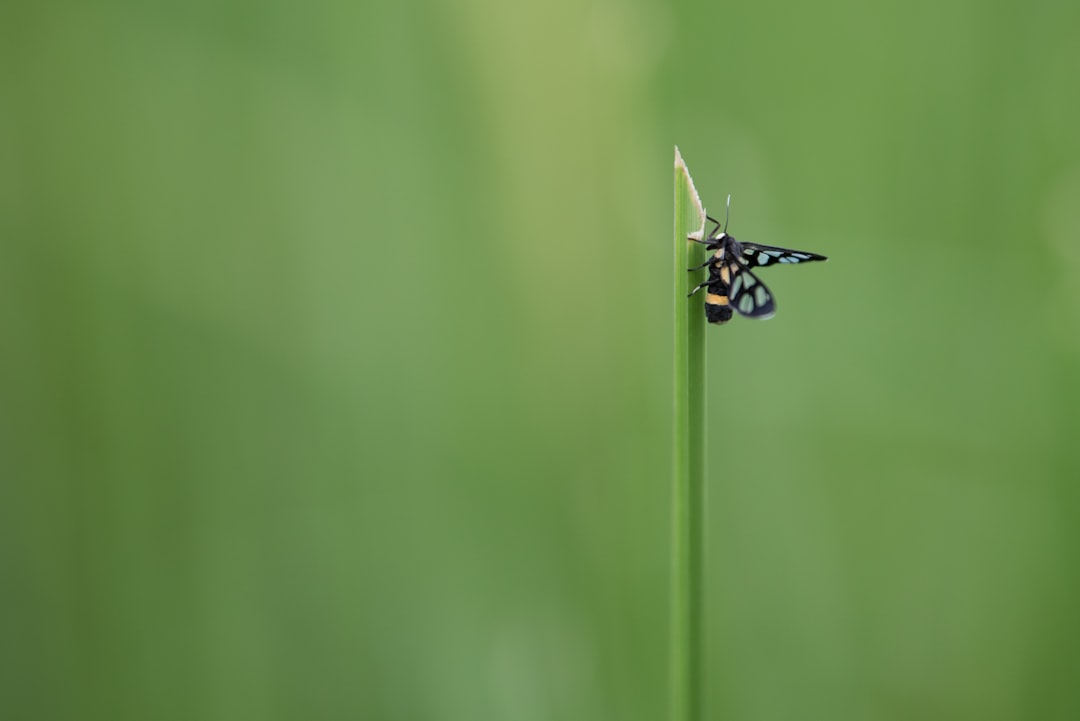Nature has long been revered for its restorative qualities, a sentiment echoed in various cultures and philosophies throughout history. The mere act of stepping outside into a natural environment can evoke a sense of calm and well-being that is often elusive in our fast-paced, technology-driven lives. Scientific studies have substantiated these claims, revealing that exposure to natural settings can lower stress levels, reduce anxiety, and even enhance mood.
For instance, research published in the journal “Environmental Science & Technology” found that individuals who spent time in green spaces reported significantly lower levels of perceived stress compared to those who remained indoors. This phenomenon is often attributed to the soothing effects of natural light, fresh air, and the sounds of wildlife, all of which contribute to a holistic sense of peace. Moreover, the healing power of nature extends beyond mere psychological benefits; it also encompasses physical health improvements.
Nature walks have been shown to lower blood pressure and improve cardiovascular health. The Japanese practice of “Shinrin-yoku,” or forest bathing, emphasizes immersing oneself in the forest atmosphere to reap these health benefits. Studies indicate that spending time in forests can increase levels of natural killer cells in the body, which play a crucial role in immune defense.
This connection between nature and health underscores the importance of integrating natural experiences into our daily lives, not just as a luxury but as a necessity for overall well-being.
Key Takeaways
- Spending time in nature has a healing power that can improve mental and physical well-being.
- Taking a break from the daily grind can help reduce stress and increase overall happiness.
- Connecting with the elements, such as water, earth, and air, can bring a sense of grounding and peace.
- Embracing solitude and reflection allows for introspection and personal growth.
- Engaging in mindful activities, such as meditation or yoga, can help in finding inner peace and tranquility.
Escaping the Daily Grind
In an era characterized by relentless schedules and constant connectivity, the need to escape the daily grind has never been more pressing. The hustle and bustle of urban life can lead to burnout, fatigue, and a sense of disconnection from oneself and the world around us. Taking time away from the demands of work and technology allows individuals to recharge their mental batteries and gain perspective on their lives.
Whether it’s a weekend getaway to a remote cabin or a simple day trip to a nearby park, these escapes provide an opportunity to step back from the chaos and reconnect with what truly matters. The act of escaping can take many forms, from hiking in the mountains to lounging on a beach. Each environment offers its own unique set of experiences that can rejuvenate the spirit.
For example, hiking through dense forests not only provides physical exercise but also allows for moments of introspection as one navigates winding trails and contemplates the beauty of nature. Similarly, spending time by the ocean can evoke feelings of serenity as the rhythmic sound of waves crashing against the shore creates a natural soundtrack for relaxation. These experiences serve as reminders that life exists beyond our screens and responsibilities, encouraging us to embrace spontaneity and adventure.
Connecting with the Elements

Engaging with the elements—earth, water, air, and fire—can deepen our connection to nature and enhance our overall sense of well-being. Each element offers unique experiences that can ground us and foster a greater appreciation for the world around us. For instance, walking barefoot on grass or sand allows us to physically connect with the earth, promoting feelings of stability and security.
This practice, often referred to as “earthing,” has been linked to various health benefits, including reduced inflammation and improved sleep quality. Water, another vital element, has its own therapeutic properties. Whether it’s swimming in a lake, meditating by a river, or simply listening to the sound of rain, water has a calming effect on the mind and body.
The practice of mindfulness can be enhanced by focusing on the sensations associated with water—its coolness against the skin or its gentle flow over rocks. Engaging with air through activities like deep breathing or yoga outdoors can also promote relaxation and clarity. The fresh air invigorates our lungs while allowing us to clear our minds of cluttered thoughts.
Fire, often associated with warmth and comfort, can be experienced through campfires or fireplaces, providing a space for gathering and reflection.
Embracing Solitude and Reflection
| Metrics | Data |
|---|---|
| Time spent in solitude | 5 hours per week |
| Reflection sessions | 3 times per week |
| Impact on mental well-being | Improved overall happiness and clarity |
In our interconnected world, solitude is often undervalued. Yet, embracing moments of solitude can lead to profound self-discovery and personal growth. Nature provides an ideal backdrop for these reflective moments, allowing individuals to step away from distractions and engage in deep contemplation.
Whether sitting quietly on a mountaintop or meditating in a serene garden, solitude fosters an environment where thoughts can flow freely without interruption. Reflection in nature encourages us to examine our lives from different perspectives. The tranquility of natural settings allows for introspection that can lead to insights about our goals, relationships, and values.
For example, journaling while surrounded by nature can help clarify thoughts and emotions, providing a tangible record of one’s journey.
This connection between solitude and creativity highlights the importance of carving out time for ourselves in order to nurture our inner selves.
Engaging in Mindful Activities
Mindfulness is a practice that encourages individuals to be present in the moment, fully experiencing their surroundings without judgment. Engaging in mindful activities within nature amplifies this experience, allowing us to connect more deeply with both ourselves and the environment. Activities such as hiking, gardening, or simply observing wildlife can be transformed into mindful practices when approached with intention.
For instance, hiking can become a meditative experience when one focuses on each step taken, the sensation of the ground beneath their feet, and the sounds of nature surrounding them. By immersing oneself in these sensory experiences, hikers can cultivate a sense of gratitude for their surroundings while also promoting physical health through exercise. Gardening offers another avenue for mindfulness; tending to plants requires attention and care that can ground individuals in the present moment.
Reconnecting with Ourselves

Rediscovering Our Passions and Values
In our pursuit of productivity and success, we often lose touch with our true selves. Nature serves as a powerful catalyst for reconnection, providing an opportunity to rediscover our passions, desires, and values. Stepping away from societal expectations allows us to explore who we are at our core without external pressures clouding our judgment.
Unleashing Creativity and Inspiration
Engaging with nature can spark creativity and inspire new ideas that may have been dormant amidst daily routines. Artists often find that spending time outdoors ignites their imagination; painters may capture landscapes while writers may find their narratives flowing more freely in serene settings. This reconnection with creativity is essential for personal fulfillment and self-expression.
Embracing Simplicity and Joy
Additionally, nature encourages us to embrace simplicity—reminding us that joy can be found in small moments like watching a sunset or listening to birdsong.
Finding Peace and Tranquility
The pursuit of peace and tranquility is a universal desire that transcends cultural boundaries. Nature offers an unparalleled sanctuary where individuals can escape the noise of modern life and find solace within themselves. The sights and sounds of natural environments create a calming atmosphere that promotes relaxation and mental clarity.
For many, spending time in nature becomes a form of therapy—a way to process emotions and find balance amidst chaos. The gentle rustle of leaves or the distant call of birds can serve as a soothing backdrop for meditation or quiet contemplation. Parks, forests, mountains, and beaches all provide unique settings where one can immerse themselves in tranquility.
These experiences not only foster inner peace but also encourage gratitude for the beauty that surrounds us.
Bringing the Healing Home
While immersing ourselves in nature is essential for healing and rejuvenation, it is equally important to bring those lessons home into our daily lives. Integrating elements of nature into our living spaces can create an environment that promotes well-being year-round. Simple changes such as incorporating houseplants or creating outdoor spaces for relaxation can help maintain that connection with nature even when we are indoors.
Additionally, adopting mindful practices learned during time spent in nature can enhance our everyday routines. Whether it’s taking mindful breaks during work hours or practicing gratitude for small moments throughout the day, these habits can foster resilience against stressors encountered in daily life. By consciously choosing to prioritize our well-being through nature-inspired practices, we create a lifestyle that honors both our connection to the earth and our own personal growth.
In conclusion, embracing nature’s healing power is not merely an escape; it is an essential aspect of nurturing our physical, emotional, and spiritual well-being. Through connecting with elements around us, engaging in mindful activities, embracing solitude for reflection, and ultimately bringing those experiences home, we cultivate a deeper understanding of ourselves while fostering peace within our lives. Nature invites us into its embrace—encouraging us to heal, grow, and thrive amidst its beauty.
FAQs
What is “healing life through camping in another world” about?
The article discusses the benefits of camping in nature as a way to heal and rejuvenate one’s life, particularly in a different environment or world.
What are the benefits of camping in another world?
Camping in another world allows individuals to disconnect from their daily routine, experience new surroundings, and immerse themselves in nature, which can lead to reduced stress, improved mental well-being, and a sense of adventure and exploration.
How does camping in another world contribute to healing life?
Camping in another world provides an opportunity for individuals to escape the pressures of everyday life, connect with nature, and engage in activities that promote relaxation, mindfulness, and personal growth, ultimately contributing to a sense of healing and renewal.
What are some tips for camping in another world?
Some tips for camping in another world include thorough preparation, embracing the unfamiliar, being open to new experiences, and respecting the environment and local culture. It’s also important to prioritize safety and be mindful of one’s impact on the surroundings.
Are there any potential challenges to camping in another world?
Challenges of camping in another world may include language barriers, unfamiliar terrain, and adapting to different customs and traditions. It’s important for campers to be flexible, patient, and respectful of the local environment and community.




